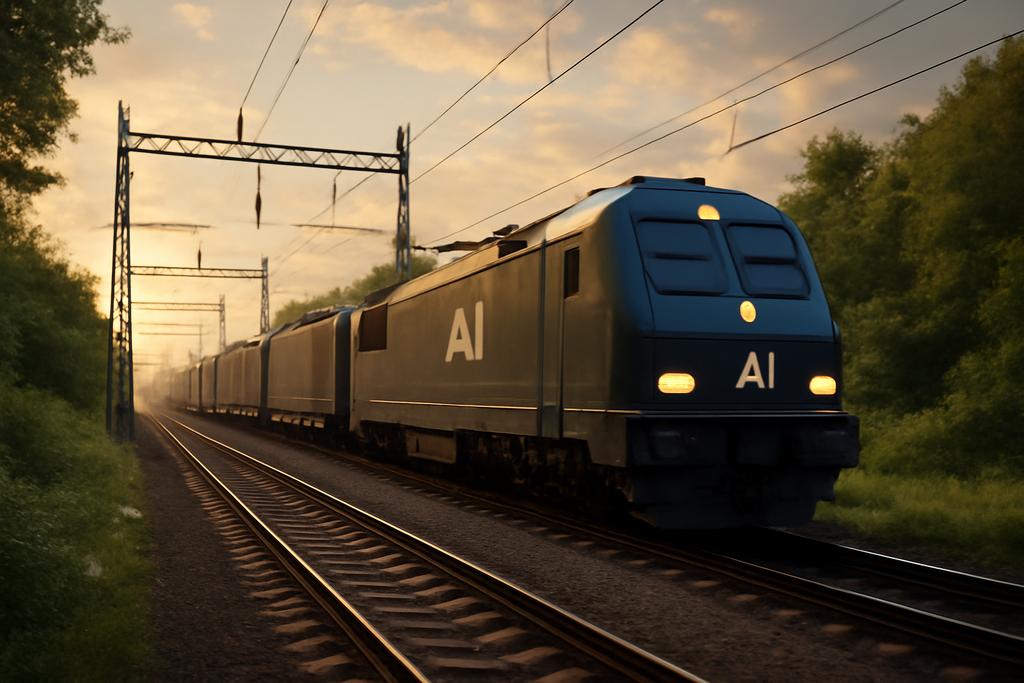The Dawn of Hyper-Scale AI
The relentless march of artificial intelligence, particularly the rise of massive language models (LLMs), demands infrastructure capable of handling workloads previously unimaginable. Training these behemoths requires a network not only capable of moving colossal amounts of data but also one that’s scalable, flexible, and – crucially – affordable. Existing network architectures simply aren’t up to the task. Think of trying to navigate a sprawling metropolis with only a bicycle – it’s possible, but incredibly inefficient and impractical at scale.
The Limitations of Current Architectures
Traditional data center networks, often based on fat-tree topologies, are like elaborate, multi-level parking garages for data. While functional, they become prohibitively expensive as the number of vehicles (computing units) increases. Tree-based systems quickly become tangled and congested. Direct topologies, such as Torus networks, are more streamlined, but they lack flexibility and struggle with the all-to-all communication patterns needed by increasingly sophisticated AI models. It’s akin to having a perfectly smooth highway, but only one that follows a fixed route; when you need to go somewhere else, you’re out of luck.
Introducing RailX: A Reconfigurable Network
Researchers at Tsinghua University and ETH Zurich, led by Kaisheng Ma and Torsten Hoefler, have proposed a revolutionary solution: RailX. This isn’t just another incremental improvement; it’s a fundamentally different approach to network architecture, designed from the ground up for the unique demands of hyper-scale AI. RailX leverages the power of intra-node direct connectivity and inter-node circuit switching, organizing nodes and optical switches in a two-dimensional grid. Imagine a high-speed rail system with multiple lines, each capable of being rerouted on the fly to optimize traffic flow.
Hamiltonian Decomposition: The Math Behind the Magic
One of RailX’s ingenious aspects is its use of Hamiltonian Decomposition theory. This mathematical framework allows RailX to create an all-to-all topology – where every node can directly communicate with every other node – from separate, ring-based structures. This effectively creates a network with significantly reduced diameter and improved bisection bandwidth, ensuring efficient data transfer even under immense pressure. It’s like having multiple express lanes that connect every point in the city, drastically reducing travel time and congestion.
Scalability and Cost-Effectiveness
RailX’s true power lies in its scalability and cost-effectiveness. The researchers demonstrate that it can interconnect over 100,000 chips with hyper bandwidth using a single, flat switching layer. The cost per injection/All-Reduce bandwidth is projected to be less than 10% of traditional fat-tree systems, and the cost per bisection/All-to-All bandwidth less than 50%. They estimate that connecting 200,000 chips with 1.8 TB of bandwidth would cost approximately $1.3 billion—a figure significantly lower than what comparable systems would require.
Flexibility and Fault Tolerance
Unlike fixed-topology networks, RailX is highly flexible. By reconfiguring the circuit switches, it can support diverse training workloads with varying parallelism strategies and adapt to failures. This adaptability is crucial in large-scale systems, where component failures are inevitable. It’s like having a self-healing transportation network that dynamically adjusts routes around accidents or disruptions.
Beyond the Hype: Real-World Implications
The implications of RailX are far-reaching. It could significantly reduce the cost of training increasingly complex AI models, making advanced AI accessible to a wider range of researchers and organizations. The increased scalability and flexibility could also accelerate the development of entirely new AI capabilities. The improved fault tolerance ensures robustness and reliability, especially essential for mission-critical applications.
The Future of AI Infrastructure
RailX represents a significant leap forward in AI infrastructure. While further research and development are needed to bring this concept to full fruition, it offers a compelling vision of a future where the limitations of network architecture no longer constrain the growth and potential of artificial intelligence. The researchers’ work suggests a future where AI’s expansion is limited only by the imagination of its creators, not the constraints of its infrastructure.










